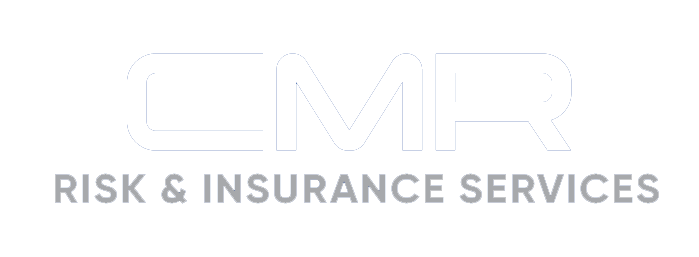Healthcare

April 28, 2022
A Diverse Workforce Needs Diverse Employee Benefits
Employee benefits play a key role in helping organizations attract and retain employees. But not all benefits are valued equally by all employees. As the U.S. workforce becomes more diverse in terms of racial and ethnic background, native language, age, gender, sexual orientation, religion, health, work location and more, employers need to respond by offering a...

January 13, 2022
5 Mental Health Employee Benefits Trends for 2022
Mental health has been a hot topic recently, thanks to the COVID-19 pandemic. Over the past two years, so many people have experienced issues such as burnout, depression, anxiety and substance addiction. In fact, 40% of U.S. adults said they have struggled with mental health or substance abuse during the pandemic, according to a Jellyvision...

December 3, 2021
The Top 5 Ways to Prepare for the Future of Work
There’s no question that COVID-19 drastically reshaped our work lives – many of the changes are here to stay. We have entered a new era of work. As we emerge from this time of uncertainty and start planning for 2022 and beyond, it’s clear that workplaces cannot return to “business as usual.” Future-thinking insurance agencies...

November 30, 2021
Employees Are Expecting Virtual Care Benefits This Open Enrollment Period
As employers review their benefit offerings for this year’s open enrollment, virtual care will be taking center stage to help employees navigate their health and wellness needs. Forty-three percent of employers expanded their telehealth offerings in 2020 in response to the challenges created by COVID-19, according to research from the Society for Human Resource Management....

November 12, 2021
Mitigating Workers’ Comp Claims for Remote Employees
As many employees have adjusted to working from home, trading their cubicle for a kitchen table and the board room meetings for Zoom appointments, many have become accustomed to making a workplace out of practically anywhere. Of course, some of these changes come with implications, especially in the workers’ compensation arena. Identifying a few key...

October 18, 2021
Boost Your Company’s Safety Culture
Safety culture is a much-discussed concept these days, but what does it actually mean? According to the Occupational Safety and Health Administration’s (OSHA) Construction Safety & Injury Prevention Program Workbook, “a culture is an attitude that develops over time, based upon learning, personal experiences, beliefs, and upbringing; and is widely demonstrated by company staff. While adjusting...

October 14, 2021
Best Practices to Facilitate a Successful Benefits Rollout
Keeping employees motivated and productive in the current environment is a difficult task on its own, but when you factor in employees who are struggling financially, it’s a whole other ball game. As an employer, you want to help provide solutions by offering desirable benefits like pet insurance, flexible time off, early wage access and...

August 23, 2021
Preparing for Open Enrollment With a Hybrid Workforce
With open enrollment season approaching, now’s the time for HR professionals to kick off their planning. Due to the pandemic—and employees’ desire for flexibility—many employers now find themselves with a workforce on a hybrid schedule. It’s imperative they make appropriate adjustments to lead a successful open enrollment period. As a flexible model designed to support...

August 16, 2021
OSHA Urges Employers to Require Vaccinated Workers to Wear Masks
The U.S. agency that regulates workplace safety issued guidance on Friday urging employers to require many fully vaccinated workers to wear masks to protect unvaccinated colleagues and customers, amid a surge in COVID-19 cases. The Occupational Safety and Health Administration (OSHA) recommended that workers wear masks “in areas of substantial or high community transmission,” such...

August 2, 2021
Preparing Workers’ Comp for Future Pandemics
Intending to recognize additional catastrophic exposures on workers’ comp systems that can impact ratemaking, the National Council on Compensation Insurance (NCCI) is proposing that any event exceeding $50 million in losses be excluded from the data used to set rates, including future pandemics. Other than certified acts of terrorism, NCCI’s catastrophe provision only accounts for single-event losses...
